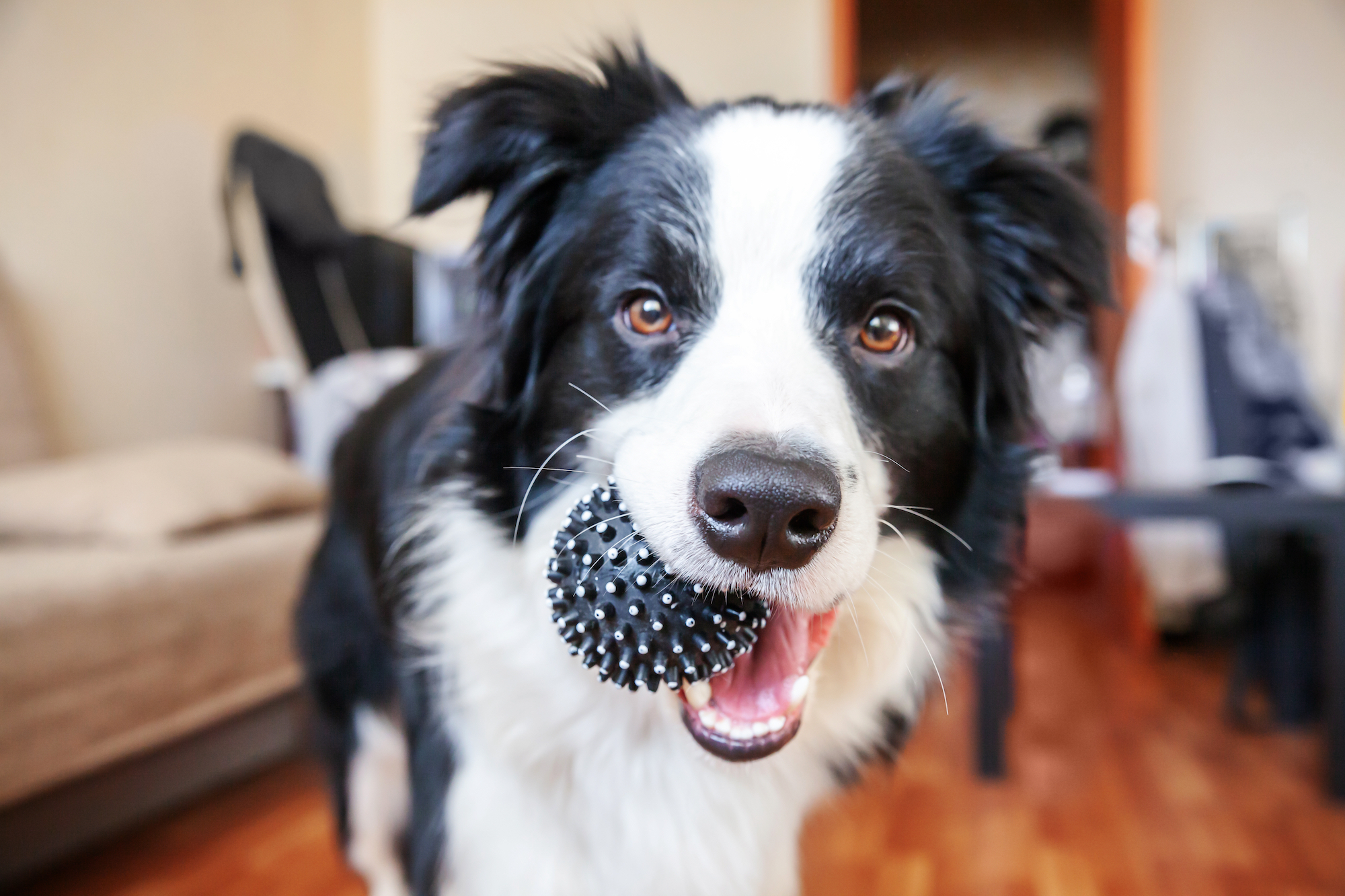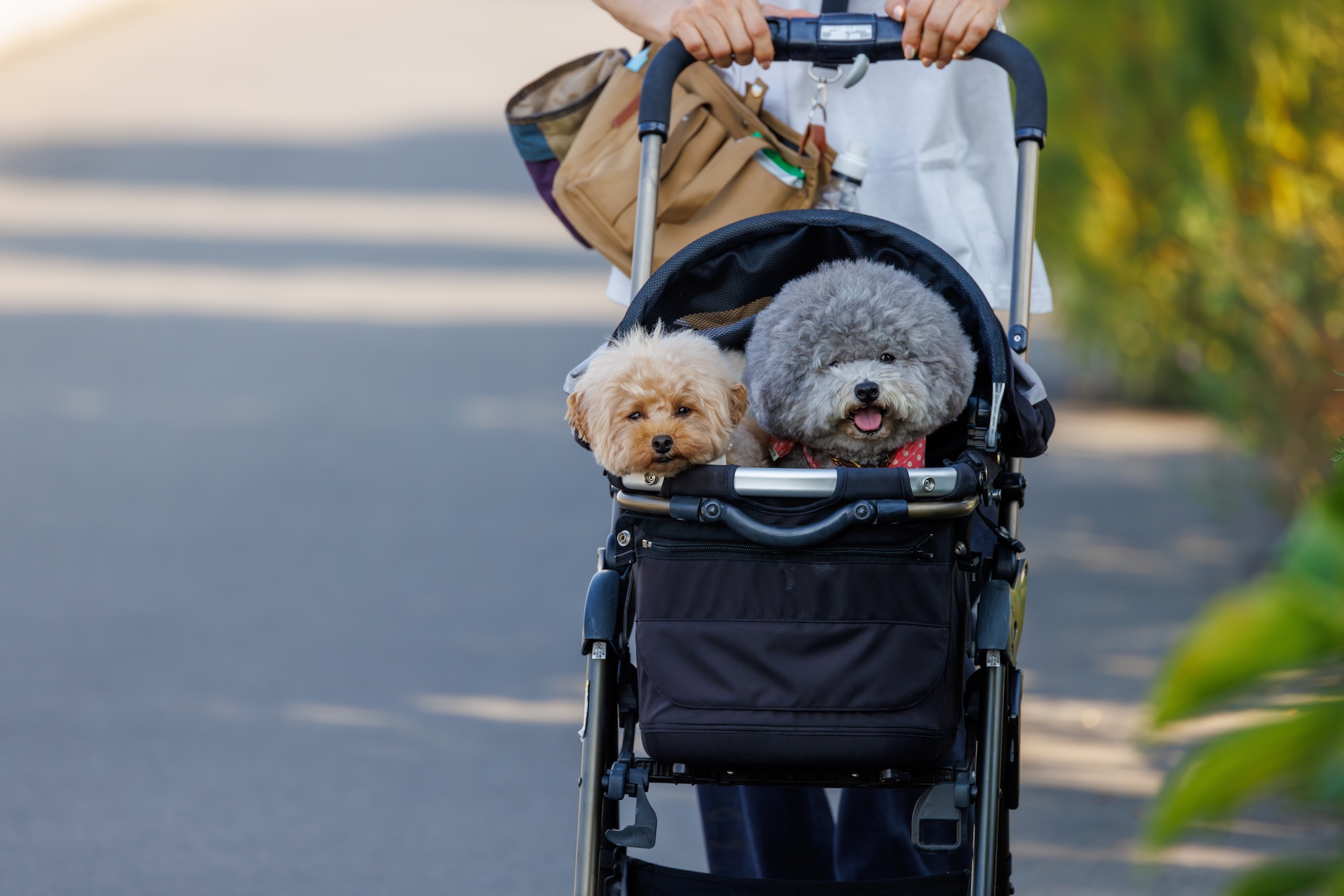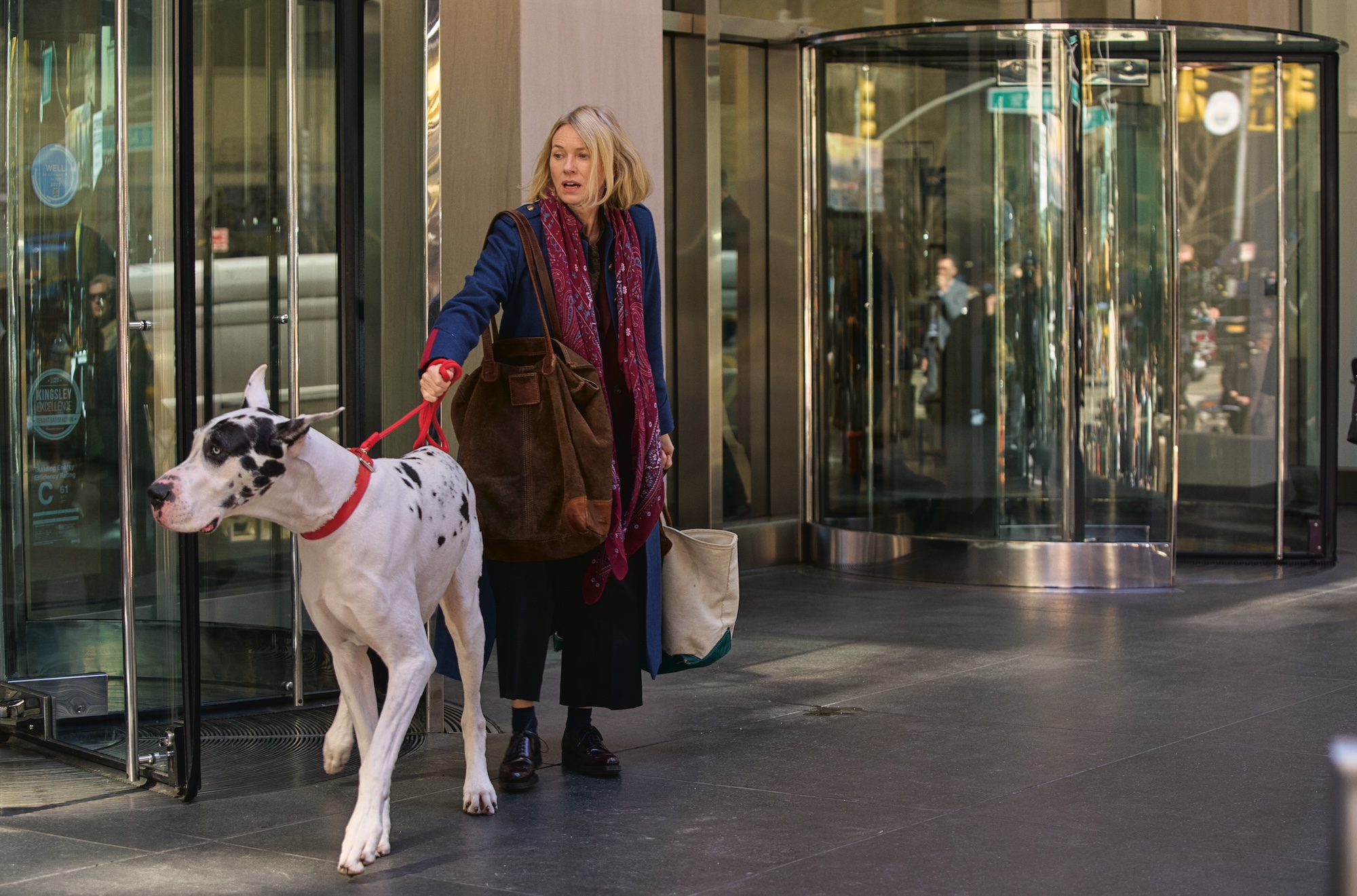Many dog people are happy to see a pup galloping toward them, tail wagging, carrying a toy, stick, or ball in their mouth. The image may be less delightful if the dog is carrying a dead animal. But, whatever dogs bring to us, why do they do it? As with many questions pertaining to dogs’ behavior, the answer depends on the individual dog and the context. But there are several common answers that can help you better understand your dog’s urge to retrieve objects and deliver them to you.
They were born to do it
Dr. Stanley Coren, Professor Emeritus at the University of British Columbia, notes that many dogs have been specifically bred to bring things to people—so it’s no surprise that they do so even when they haven’t been asked to. To illustrate how powerful generations of selective breeding are, Dr. Coren tells a story about going with a friend who was looking for a dog to meet some golden retriever puppies.
“These puppies were six weeks old,” Dr. Coren says. “They’d had their eyes open for a week.” But when Dr. Coren’s friend tossed a plush toy, one of the puppies “paced out, grabbed it, and came back and placed it in her hand.” When a six-week-old puppy responds that way, says Dr. Coren, “that’s wired.”
One recent study found retrieving to be the most heritable behavioral trait out of those the scientists measured. And research by Dr. Erin Hecht of Harvard University has found that dogs who retrieve and hunt by sight have differences in brain regions related to vision, eye movement, and spatial navigation.

“The bottom line seems to be that this is genetic,” says Dr. Coren, “and the reason that the dogs do this is because we have systematically bred certain breeds of dogs to do it. And… it’s what we call self-reinforcing. In other words, the behavior itself is rewarding to the dog.” If your dog was “born to retrieve,” you won’t have to teach them to do it or give them a treat for a job well done—grabbing something and bringing it back to you will make them feel good on its own. For dogs who have this hankering, it’s important that you give them an outlet—if a dog loves to retrieve, build some fetch time into their routine.
Dr. Coren remembers one of his dogs, a flat-coated retriever named Odin, whose appetite for retrieving seemed insatiable. “I had a retrieving bumper on a piece of rope,” Dr. Coren recalls, “and one day I decided I would test to see how strong his retrieving instinct was—and so I would throw it, he’d run out and fetch it back for me, and I would throw it again—and after 91 throws, when my arm was going to fall off, I quit before he did. He was still dancing around with the bumper in his mouth, saying ‘throw it, daddy. Throw it!’” Dr. Coren believes that type of tendency is inborn. “I think that if I threw a piano in a pond,” he says, “he would have tried to retrieve it.”
In contrast, Dr. Coren describes a cavalier King Charles spaniel named Ripley, who he was training for an obedience competition. No matter what, Ripley would not show any interest in the task. A prominent trainer advised Dr. Coren thusly: “You want a dog that retrieves? Get a retriever.”
A quick note on dogs and individuality: While a retriever is much more likely to retrieve than another dog, every dog is different. If your dog doesn’t want to chase after a ball, that doesn’t mean there’s something wrong with them. Like people, dogs have their own personalities that may not conform to our expectations.
They love you
Many humans have shared stories of their dogs bringing them favorite toys when they seem to be upset, as if they’re saying “this thing makes me happy; maybe it will work for you.”
Dr. Coren has one such story: “At one point when I had my first cavalier, Wizard,” he says, “I had a major illness. I was bed-bound for a while, and at one point I woke up to find that Wiz, who—the only thing in the world he was possessive about was his toys—had very carefully laid three of his favorite toys on my chest while I was sleeping. I always considered that sort of a mark of affection.”
We’re not aware of a study that proves dogs bring their humans objects for this reason, but there are many anecdotes about it, and numerous dog people will tell you that they believe it’s true. Plus, research has found that dogs spring into action urgently to help their humans when they act upset.

They want your attention
When we spoke to Dr. Marc Bekoff about his recent book, Dogs Demystified, he talked about ways that dogs show creativity. Among the examples he gave was one of his dogs bringing him a ball so that he’d open the door. “It turned out that outside was her friend Lolo,” Dr. Bekoff told us. “Maybe she smelled Lolo through the screen door; maybe she heard Lolo. I don’t know what got her to do it. But she got my attention.”
“A couple of my dogs learned where their leashes were kept in the closet,” Dr. Coren says, “and they would come marching over and drop them in my lap or at my feet—the clear implication being that they wanted to go out. I wouldn’t exactly call that retrieving behavior. It is attention-seeking behavior, and they’re using an object to do it.”
They want help
Research has found that, compared with wolves, dogs are more prone to ask humans to help solve their problems—and life in a home offers them many dilemmas that they might seek a hand to solve. Some of those may involve a toy that seems not to be working correctly, or a bowl that needs more food or water.
Dr. Coren outlines a process through which a dog might learn that pushing or carrying a bowl toward you could result in a refill.
“You have a metal water bowl and it’s empty,” he says, “and the dog is trying to lick around in there to get the last drop—and the bowl drags across the floor and makes a sound. You look down and see that the bowl is empty, reach over and fill it up, and put it back down. Well, the dog has just been reinforced by the fact that they moved the bowl and it got filled. And so some of the more clever dogs are apt to then start to systematically move the bowl across the floor so that it makes a noise and you respond.”
They hate broccoli
Some stories of dogs bringing humans their food bowls may have more complex explanations. Dr. Coren recalls one such situation with Odin: “He actually carried his food bowl from the kitchen into the living room where I was sitting,” Dr. Coren says, “and dropped it on the floor in front of me—and I looked into the bowl, and it wasn’t empty. Everything had been eaten, except I had read an article that said that you should supplement your dog’s diet with green vegetables. So I had chopped up some broccoli, which he absolutely hated. And he had eaten everything—pushed away all the bits of broccoli and ate everything around it—brought back and dropped his bowl with just the broccoli in it, and he sat over there and looked at me with that sort of ‘what the hell is this?’”
We should note here that, as amusing as this story is, many dogs love eating fresh vegetables like broccoli—and, in the proper proportions, doing so can be good for their health.
You taught them to do it
While some dogs retrieve because it’s self-reinforcing, others have been taught to do so. And considering that training involves lots of high-value treats and praise, some of those dogs may decide that it’s a good idea to start bringing objects to their humans preemptively in case it gets them something they want.
Dr. Coren says that this is an example of “offering behavior.” He explains: “A dog does something, whether or not they think you want them to do it, and they’re not rewarded—so they try another behavior, they offer another behavior, and they keep doing this and eventually they hit upon something which gets them the reward… and that will be remembered the next time around. They’re going basically through their behavioral repertoire. And once they learn something that works, they will repeat it.” So if your dog knows how to bring you things, and you give them something they like when they do—whether that’s a treat, praise, or laughter and a pleased look on your face—they may well continue to do so.

They are putting their feelings somewhere
You may have observed your dog bringing you their favorite toy when you arrive home after being away for a while, or when guests come to your house. Some trainers believe that dogs who pick up toys in these situations may be engaging in “displacement behavior.” That term refers to “out of context” behavior that a dog engages in during exciting or stressful moments. Asked about the possibility that dogs might grab objects during these moments as a displacement behavior, Dr. Bekoff says: “Two of my dogs—Inuk, a malamute, and Jethro, a mutt—used to do that on occasion, especially when someone came to the door or into the house, and they had been sleeping or elsewhere and hadn’t known someone was there. I hadn’t thought of it as a ‘formal’ displacement behavior, but I suppose it could be viewed that way—perhaps they and other dogs were really excited, and [grabbing a toy] was the only outlet for them to do something. It might also be an invitation to play with them. [This] might be a good study for someone to do.”
They have another reason
In some sense, asking why dogs bring things to humans is like asking why humans bring things to each other—while some reasons are common, it’s hard to account for every possible motivation. In Dogs Demystified, Dr. Bekoff cites “showing off” as a possible reason that one of his dogs liked to march around his house when company was over, shaking a toy or sock.
But regardless of the reasons that your dog brings you things, paying attention to them and trying to figure out why they do what they do—and using that information to better meet their needs—is one big way to bring about a better relationship for both of you.




